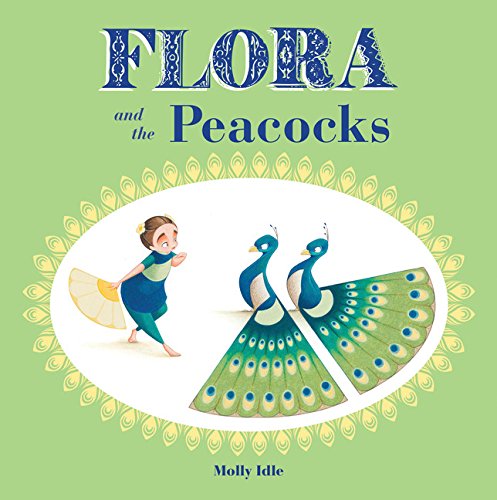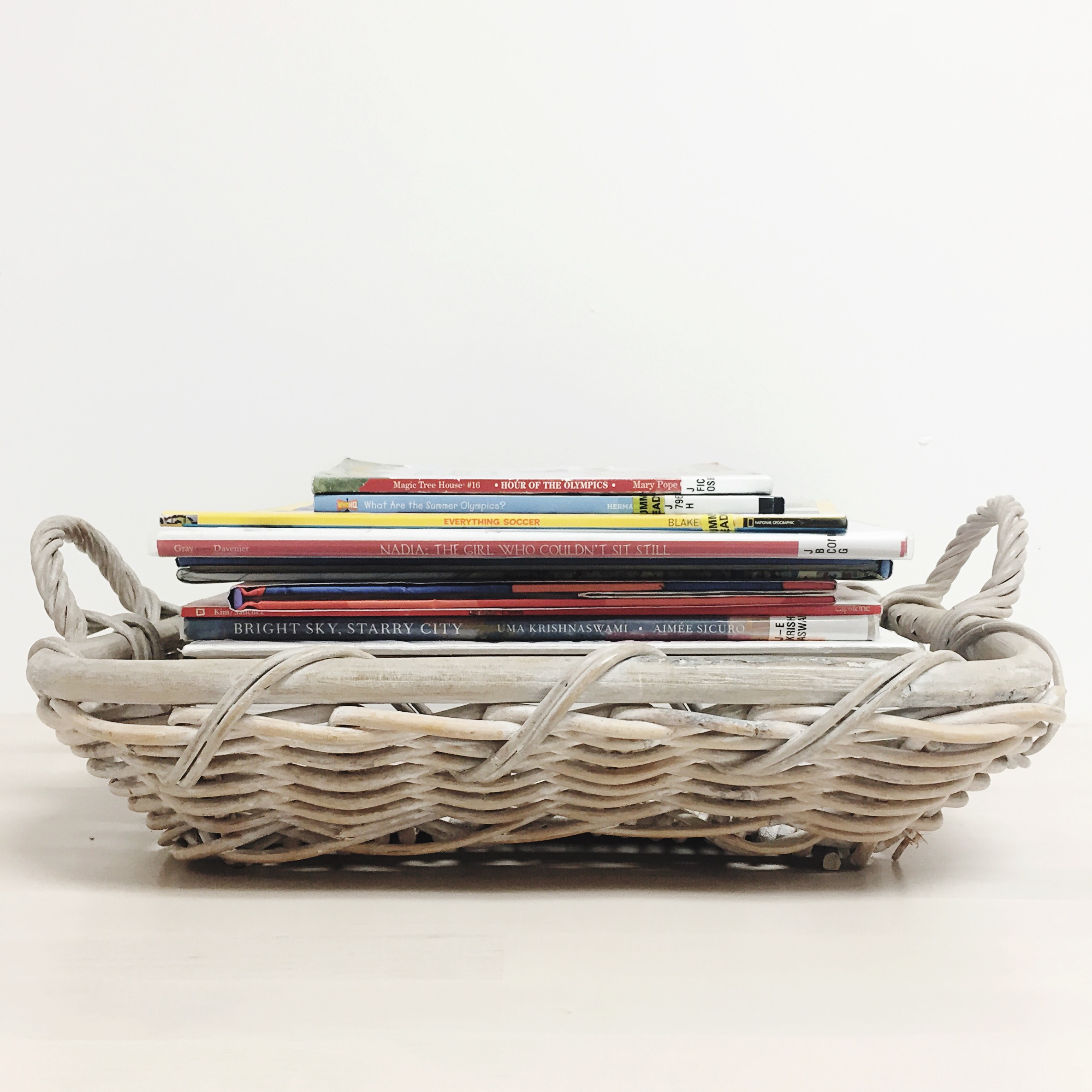Browsing a children’s book shelf have you ever picked up a book, thumbed through the pages and then wondered where the words were? I think wordless books are sometimes confusing at first to adults. We are so focused on children learning to read and so eager to share oral language with children that we might overlook wordless books.
I hope not. Wordless books are some of the most beautiful, original, and creative on the market.
If you aren’t a fan right now, perhaps you just need a few ideas as to how you can use them. Perhaps you need to be directed towards the very best wordless books.
affiliate links are included below. Thanks for supporting My Storytime Corner.

My son’s favorite books for most of his third year was a wordless book about a thunderstorm. He was captivated by the intricate illustrations and the dramatic story. It certainly spurred his interest in thunderstorms and other weather. This is what the best wordless books do – capture imagination.

Over the years we have read many wordless books and often found them to be our favorites. The series by Molly Idle about Flora and her sweet bird friends are among my favorite books for kids of all time. Friendship and emotion – two important hallmarks of childhood – are so aptly discussed through the brilliant art on these pages.

Here are 5 ways to use wordless books with your child.
5 Things to do with Wordless Books
PS. The book pictured here is Flora and the Peacocks – my personal favorite in the series.
1. Look at it Together
This is so simple, but I think adults are often uncomfortable when they don’t have a job. They need a task to feel like they are doing something. And yet, sitting next to your child looking at a book IS doing something. Something important. You are showing them that the pages turn in a certain way, you are showing them how to look carefully and take your time. You are handling the book with care.
2. Ask Questions
There are no words and you don’t have all the answers, so ask them! “What is happening here?” or “What do you see on this page?” Pause and wait for them to think and form their thoughts. If they ask you what is happening, direct them back to the pictures. For example, “hmm…I’m not sure. Maybe if we look at this part more carefully we’ll figure it out”, thus teaching them tools for figuring out the story on their own.

3. Let Your Child Lead
Children are often at the mercy of a ready adult when they want a book read. This is not the case with wordless books. There are no words and no real incorrect interpretations. This can be freeing. Encourage your child to tell you the story. Be enthusiastic if they want to do it again and again. You can also remind them that there are no words so they get to invent the story. This can be a great independent activity as well.
4. Be inspired by the illustrations
Each illustrator has their own unique style. If you have a book or an illustrator that you love, let their work inspire your child’s art. Gather materials similar to what they use (often it will tell you in the front of the book where the copyright is located) or create about a similar idea.

5. Create Your Own Version of the Story
Have your child dictate or write their version of what is happening. What do they think the characters are saying or thinking? What is happening on each page? Write out their story and then read it back to them. Perhaps read it again while they turn the pages of the book.

Ready to get your hands on the very best Wordless Children’s Books?
I wrote a list of my top 10 stunning wordless books. You can click through to find what I think are the most stunning, intriguing, and wonderful wordless picture books today.


